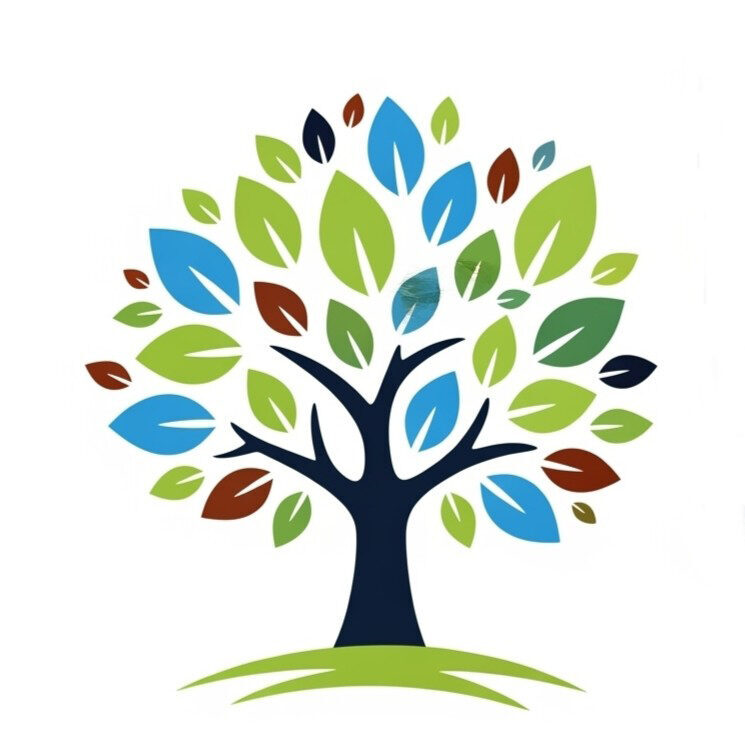Project
Habits for Health
Mitigating the risk of disease through personalized lifestyle Recommendations
Amidst the rise in health tracking apps and the availability of lifestyle data, the possibility of a more widely available measure for preventing Non-Communicable Disease ( NCD) ensues. According to the WHO, NCDs account for more than 71% of deaths annually. Simple preventative lifestyle changes can be taken by each person to reduce the risk of such diseases. Often times, the main obstacle is motivating the users to take control of their own habits. In partnership with TNO, we are working on a platform to help tackle this problem. The challenge is as follows:
How can we build a digital platform that empowers adults to improve and maintain a healthy lifestyle in a way that is inspiring, actionable, inclusive, and understandable?
This project focuses on the following Sustainable Development Goals:

Output:

Tree of health prototype: a habit visualization and recommendation tool that allows you to better understand your habits. The goal is to improve your health score by changing the most crucial habits for your profile. Start by filling out your profile, then explore your health tree, different habit combinations, and compare yourself to global and cohort averages.
Data Dashboard: a dashboard view of the recommendation system. Includes simple histogram visualizations of your habits and their effects.
https://healthdemo.shinyapps.io/health-status-overview/
Process:
The team adopted the double diamond design process model to tackle the challenge at hand.
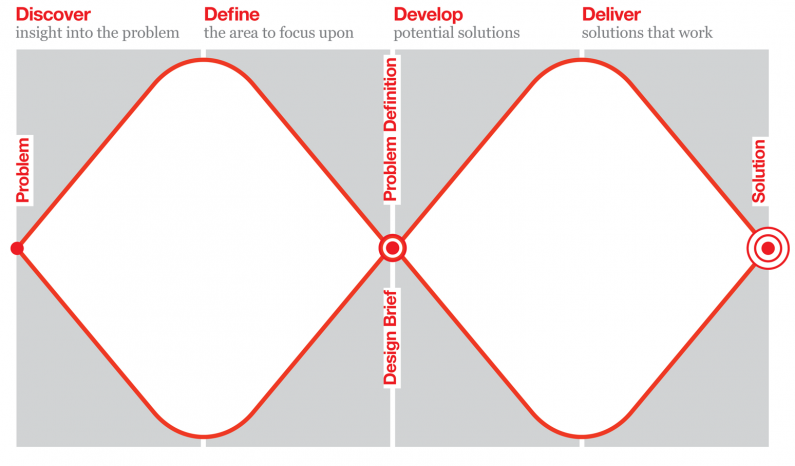
Discover:
Initially, we felt challenged about engaging people in a digital platform that encourages users to live a healthy lifestyle and improve their well being via data-driven and personalized recommendations. This situation demanded a more in-depth concept about: how do we make user engaged to the system, what exactly they need to change their habit, can one platform serve all the user and so on.
We started with the need-finding of our users. For that, we run a survey on 10 people to understand their technology usage per day, how much they use technology to benefit their health, whether they possess skepticism towards technology and their struggle or pain-points in maintaining good health.
In order to understand what would be the best method for user need-finding, we went for multiple methods to continuously evolve and improve our questionnaire. To keep the test participant engaged and to encourage correct data input, we deployed are survey questionnaire using fun and friendly chatbot interface.
Results
- We managed to identify 6 personas among our users
- The personas assisted the team in identifying strengths and weaknesses in maintaining good health
- Developed a deeper understanding of the cultures of use of health apps.


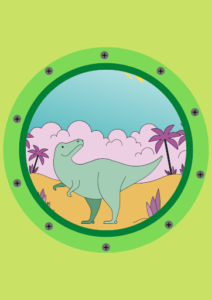
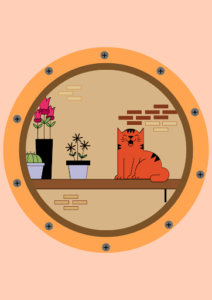
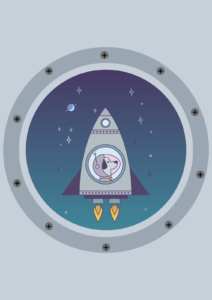
Define:
Our whole user base has all very different personas with their own needs and struggles. This finding helps us to narrow down our search scope and trigger to take inspiration from the existing market product. We reviewed a lot of apps to gain insights, see patterns and to acknowledge the thought behind the application. This helped us gaining knowledge and information to later integrate into our own design. Finding out how people stay engaged with a certain app and what motivates them using that app, can be valuable information.
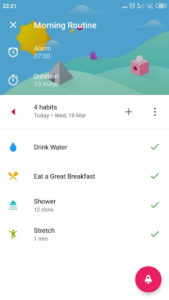
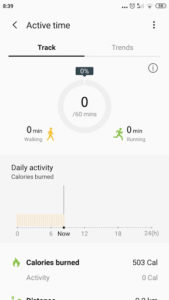
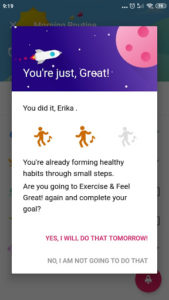
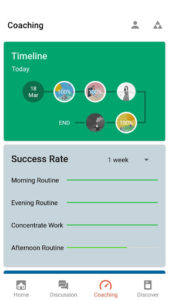
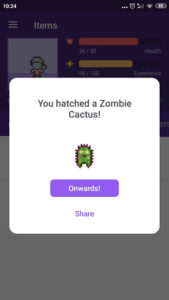 \
\
Figure: Sample of publicly available health apps.
Both our systematic literature review and empirical research helps us to find our theoretical framework to solve our research. Finally, we landed on tot the following key point that we followed in designing our product.
Internal trigger: To help with our product usage we found out, an internal trigger is much better than ads or promotions. Our main focus is to make user intrigued for a subconscious or little conscious come-back. While building our trigger, we exercised around customer journey map, usability studies and empathy maps
Simplicity: According to Fogg’s Behavior Model it takes three things to build behaviour: motivation, action and trigger. To make the action effortless, we follow the element of Simplicity: Time, Money, physical effort, brain cycle, social deviance, non-routine. The main scheme of design simplicity is to keep action less intensive from all these six-element scopes.
Gamification: Our research reveals that gamification is one nice way that can keep the user engaged and inspired. Using game-design elements and game principles, we can help the user to commit for something very difficult like a habit formation. Our focus is to design a set of activities and processes to energize and motivate user applying the characteristics of game elements like level, rewards or challenges.
Rationalization: Studies reveal that the past is an excellent predictor in future. To avoid cognitive dissonance for making, one of our pivots is to consistency with a past investment such as increasing investment step by step pr guiding through the process.
Community: Human connectedness with one another always played a key role in its very existence. Social reinforcement makes them feel accepted, attractive, important and included. Social connectedness has been a proven method for users to stay committed to his/their mission. We intend to explore that by giving an opportunity to compassionate with others.
Develop:
Using the key conclusion from the defined process, we started building our concept sketch. To understand the pain-points of the user, we built the customer journey map for one persona.
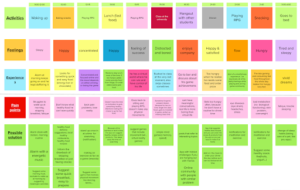
To design the solution, we emphasized the power of gamification. In the beginning, we started to build a different theme to engage our user-base and reviewed it with our partner. Some of the notable themes for journey sketch were the following:
Once the theme is in place and reviewed by the partner, we moved to design the user journey experience. As gamification is a focal concept of our design, we center around this concept and explored a possible solution. The effort was to build a concept which is at the same time is a self-reinforcing reward system. With a game like a look and a feel, we make an effort to encourage user with positive behaviour change. We explored different game element like points break down, bingo game or just using data visualization.

